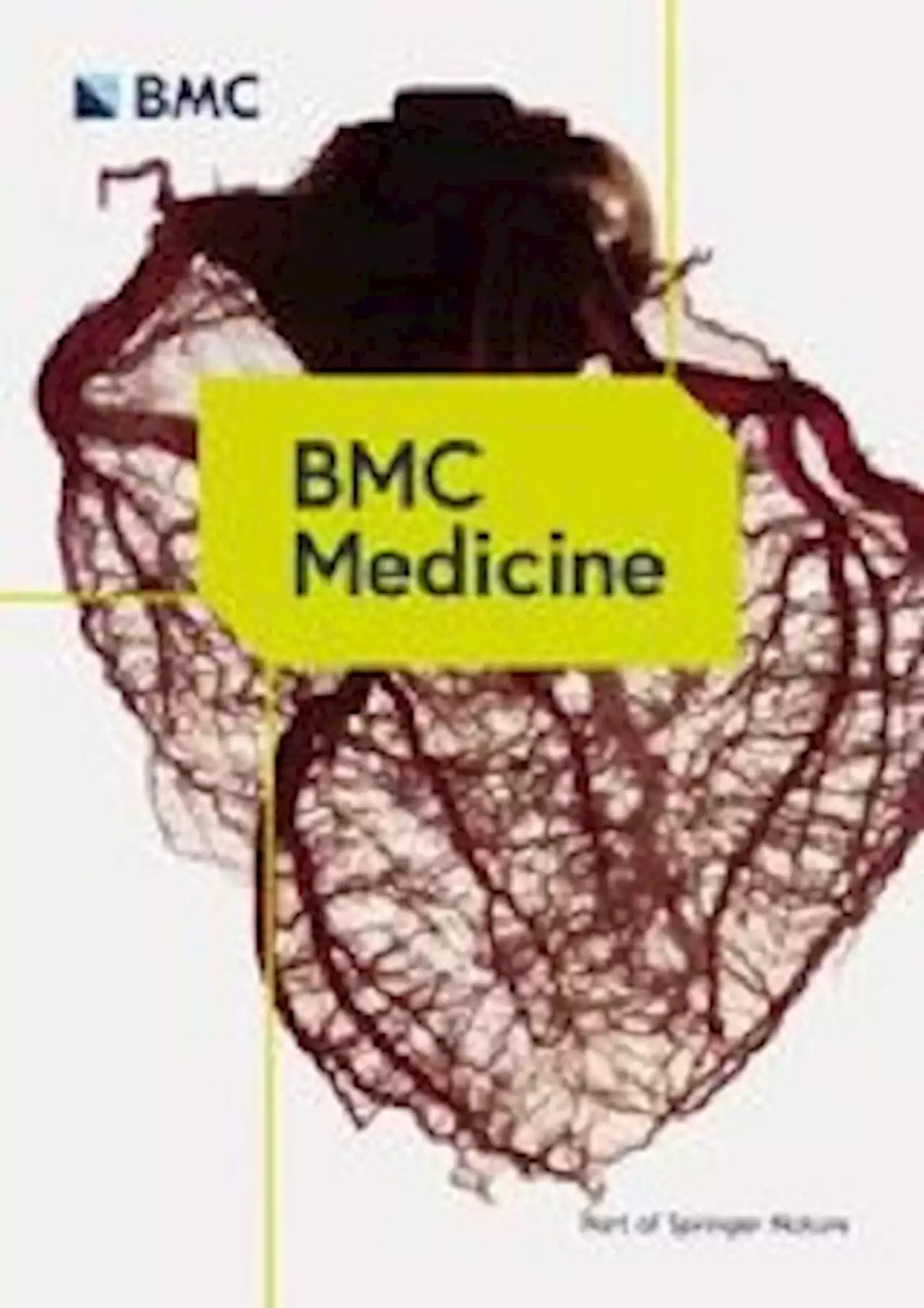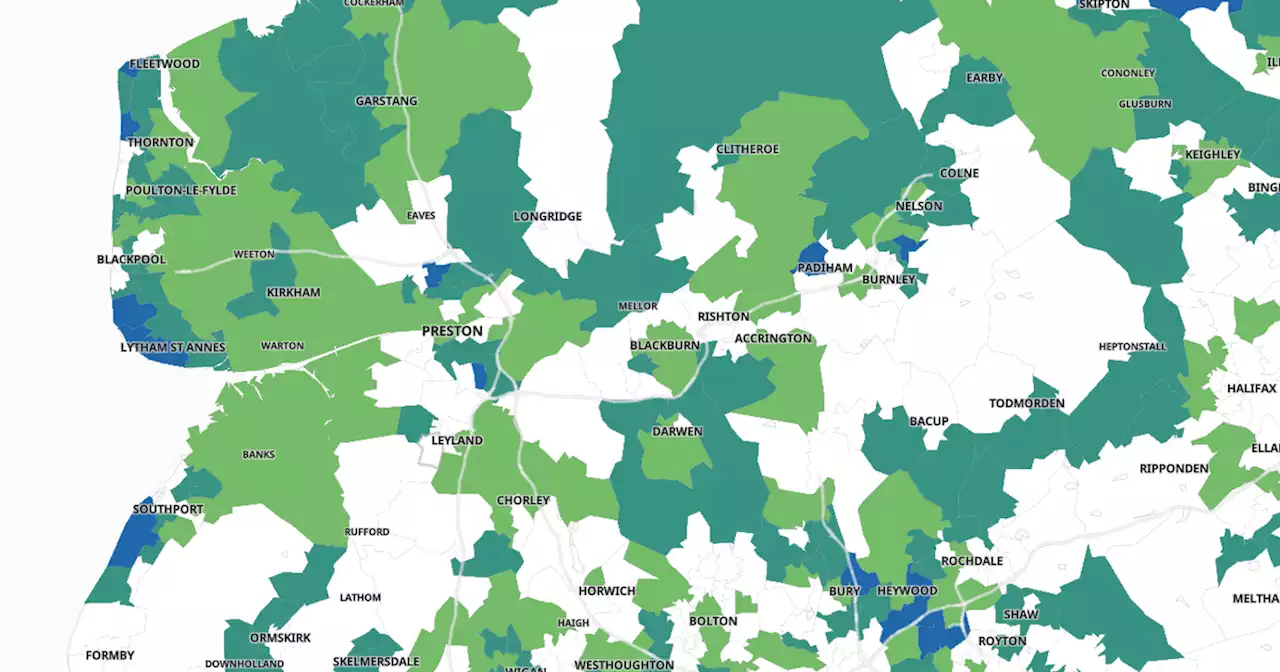Lancashire latest Covid-19 figures as case rates continue to decline
Recent data from the government has shown that fewer neighbourhoods across Lancashire are experiencing high rates of Covid, with the overall case rates decreasing for the county.
The government keeps figures for every area in the country, with the data updated on a weekly basis. The most recent recording of positive cases covers the week ending November 12 and shows a county-wide decline compared to the previous seven days. Rates across Lancashire have been declining steadily for the last week weeks. The case rate per 100,000 people across Lancashire is 43.6, a decline on the previous week.Data shows that St Annes Town had the highest rate per 100,000 people in more recent data. The figure was 166.9 per 100,000 people.Lots of areas across the county show no data. For smaller areas with fewer than 3 cases, data is not shown. This is to protect individuals' identities.
United Kingdom Latest News, United Kingdom Headlines
Similar News:You can also read news stories similar to this one that we have collected from other news sources.
 Risk for newly diagnosed diabetes after COVID-19: a systematic review and meta-analysis - BMC MedicineBackground There is growing evidence that patients recovering after a severe acute respiratory syndrome coronavirus 2 (SARS-CoV-2) infection may have a variety of acute sequelae including newly diagnosed diabetes. However, the risk of diabetes in the post-acute phase is unclear. To solve this question, we aimed to determine if there was any association between status post-coronavirus disease (COVID-19) infection and a new diagnosis of diabetes. Methods We performed a systematic review and meta-analysis of cohort studies assessing new-onset diabetes after COVID-19. PubMed, Embase, Web of Science, and Cochrane databases were all searched from inception to June 10, 2022. Three evaluators independently extracted individual study data and assessed the risk of bias. Random-effects models estimated the pooled incidence and relative risk (RR) of diabetes compared to non-COVID-19 after COVID-19. Results Nine studies with nearly 40 million participants were included. Overall, the incidence of diabetes after COVID-19 was 15.53 (7.91–25.64) per 1000 person-years, and the relative risk of diabetes after COVID-19 infection was elevated (RR 1.62 [1.45–1.80]). The relative risk of type 1 diabetes was RR=1.48 (1.26–1.75) and type 2 diabetes was RR=1.70 (1.32–2.19), compared to non-COVID-19 patients. At all ages, there was a statistically significant positive association between infection with COVID-19 and the risk of diabetes: 65 years: RR=1.68 (1.22–2.30). The relative risk of diabetes in different gender groups was about 2 (males: RR=2.08 [1.27–3.40]; females: RR=1.99 [1.47–2.80]). The risk of diabetes increased 1.17-fold (1.02–1.34) after COVID-19 infection compared to patients with general upper respiratory tract infections. Patients with severe COVID-19 were at higher risk (RR=1.67 [1.25–2.23]) of diabetes after COVID-19. The risk (RR=1.95 [1.85–2.06]) of diabetes was highest in the first 3 months after COVID-19. These results remained after taking confounding factors into acco
Risk for newly diagnosed diabetes after COVID-19: a systematic review and meta-analysis - BMC MedicineBackground There is growing evidence that patients recovering after a severe acute respiratory syndrome coronavirus 2 (SARS-CoV-2) infection may have a variety of acute sequelae including newly diagnosed diabetes. However, the risk of diabetes in the post-acute phase is unclear. To solve this question, we aimed to determine if there was any association between status post-coronavirus disease (COVID-19) infection and a new diagnosis of diabetes. Methods We performed a systematic review and meta-analysis of cohort studies assessing new-onset diabetes after COVID-19. PubMed, Embase, Web of Science, and Cochrane databases were all searched from inception to June 10, 2022. Three evaluators independently extracted individual study data and assessed the risk of bias. Random-effects models estimated the pooled incidence and relative risk (RR) of diabetes compared to non-COVID-19 after COVID-19. Results Nine studies with nearly 40 million participants were included. Overall, the incidence of diabetes after COVID-19 was 15.53 (7.91–25.64) per 1000 person-years, and the relative risk of diabetes after COVID-19 infection was elevated (RR 1.62 [1.45–1.80]). The relative risk of type 1 diabetes was RR=1.48 (1.26–1.75) and type 2 diabetes was RR=1.70 (1.32–2.19), compared to non-COVID-19 patients. At all ages, there was a statistically significant positive association between infection with COVID-19 and the risk of diabetes: 65 years: RR=1.68 (1.22–2.30). The relative risk of diabetes in different gender groups was about 2 (males: RR=2.08 [1.27–3.40]; females: RR=1.99 [1.47–2.80]). The risk of diabetes increased 1.17-fold (1.02–1.34) after COVID-19 infection compared to patients with general upper respiratory tract infections. Patients with severe COVID-19 were at higher risk (RR=1.67 [1.25–2.23]) of diabetes after COVID-19. The risk (RR=1.95 [1.85–2.06]) of diabetes was highest in the first 3 months after COVID-19. These results remained after taking confounding factors into acco
Read more »
 New collection of short stories will first be launched in Lancashire Archives as free eventLancashire Stories book cover Pic: Lancashire County Council A new anthology of short stories with a connection to Lancashire is set to be launched with fiv
New collection of short stories will first be launched in Lancashire Archives as free eventLancashire Stories book cover Pic: Lancashire County Council A new anthology of short stories with a connection to Lancashire is set to be launched with fiv
Read more »
 Gogglebox duo clash over I'm a Celebrity's Matt HancockGogglebox stars Lee and Jenny clash over I'm a Celebrity's Matt Hancock
Gogglebox duo clash over I'm a Celebrity's Matt HancockGogglebox stars Lee and Jenny clash over I'm a Celebrity's Matt Hancock
Read more »
 Nurse who administered first approved Covid vaccine gets awardShe delivered the first Covid vaccination outside clinical trials in December 2020.
Nurse who administered first approved Covid vaccine gets awardShe delivered the first Covid vaccination outside clinical trials in December 2020.
Read more »
 Kelly Ripa reveals how eldest son Michael's TV job 'evaporated' during Covid pandemicKelly Ripa and Mark Consuelos have three children. Michael Consuelos is an actor and writer
Kelly Ripa reveals how eldest son Michael's TV job 'evaporated' during Covid pandemicKelly Ripa and Mark Consuelos have three children. Michael Consuelos is an actor and writer
Read more »
